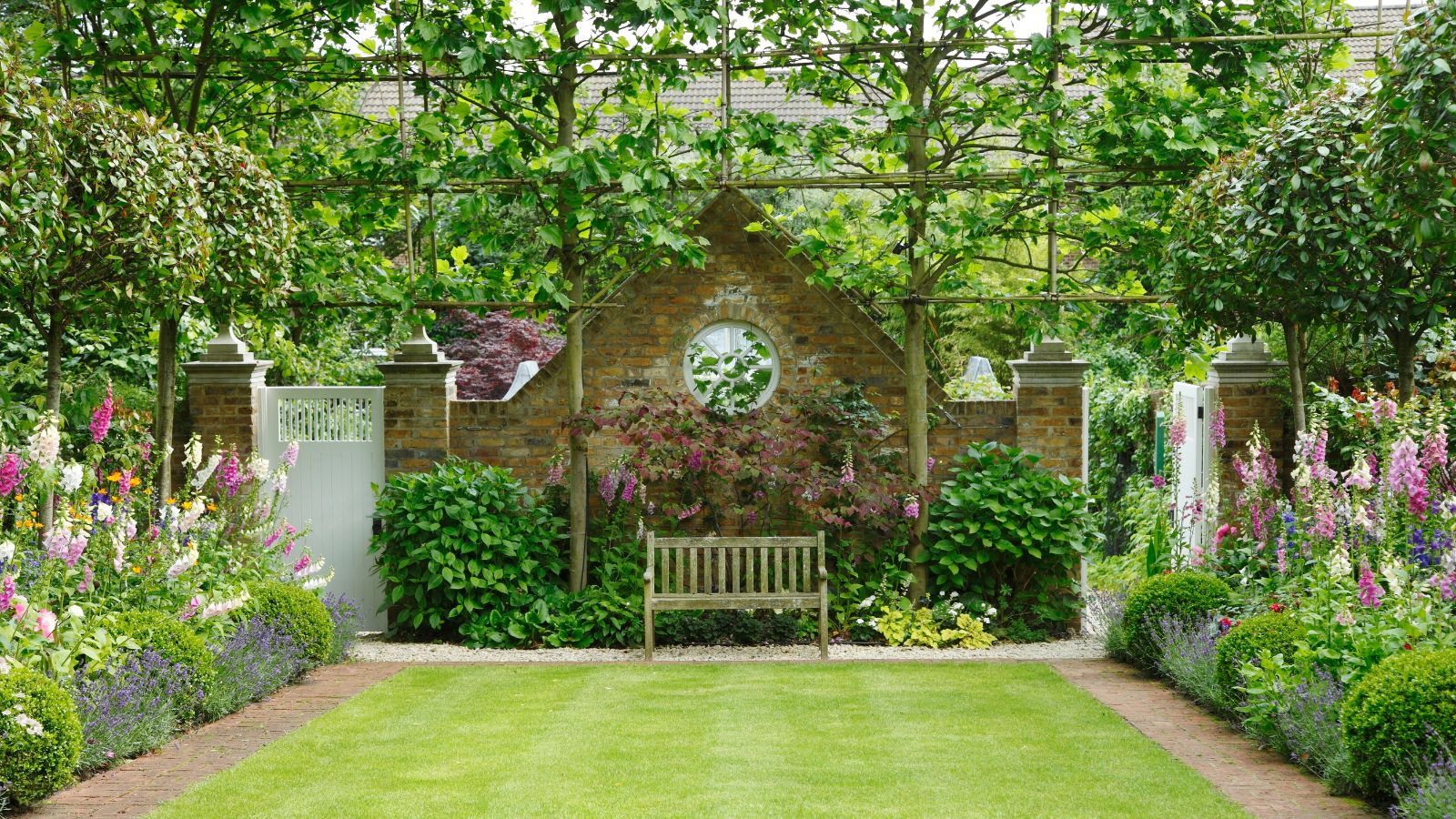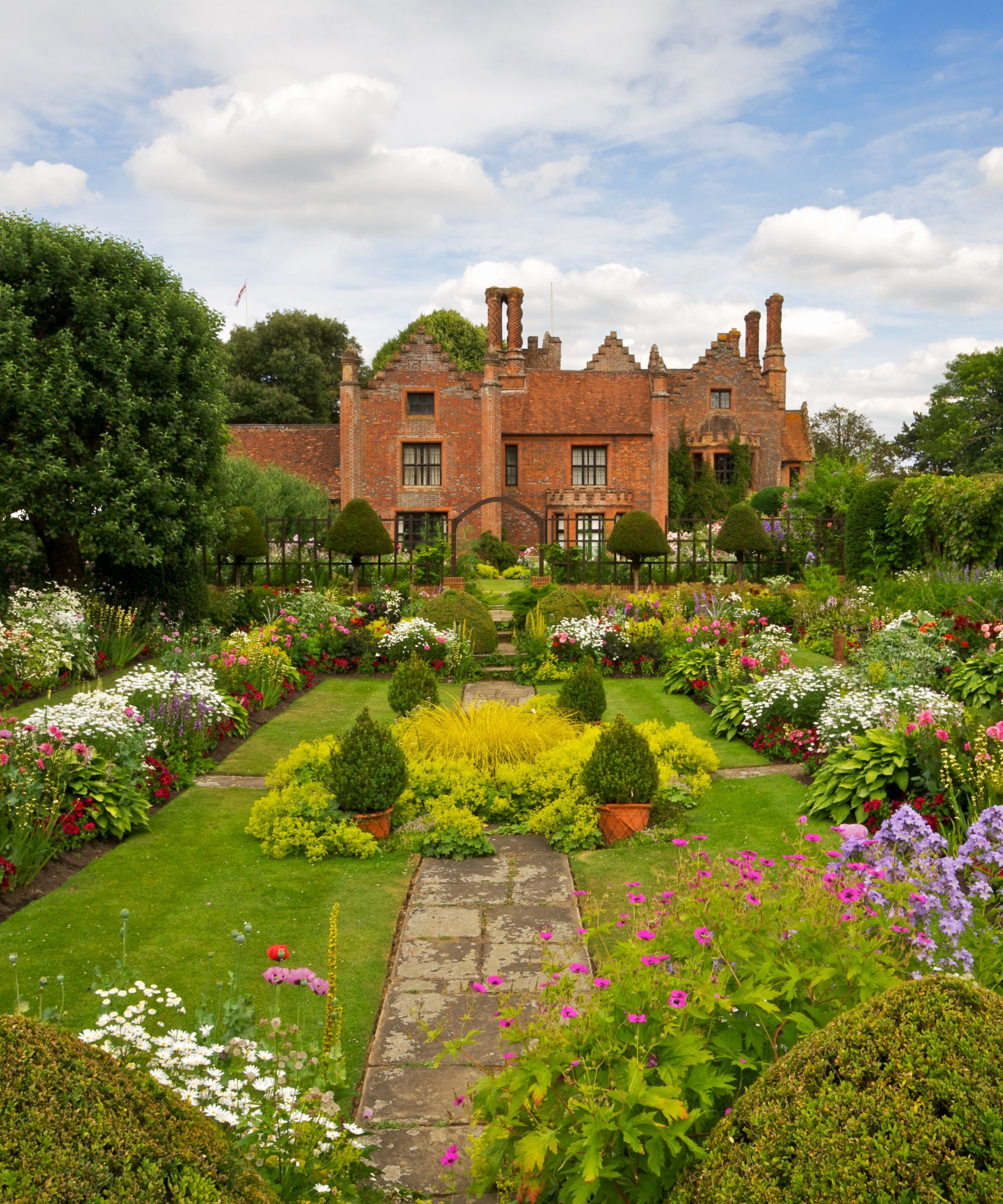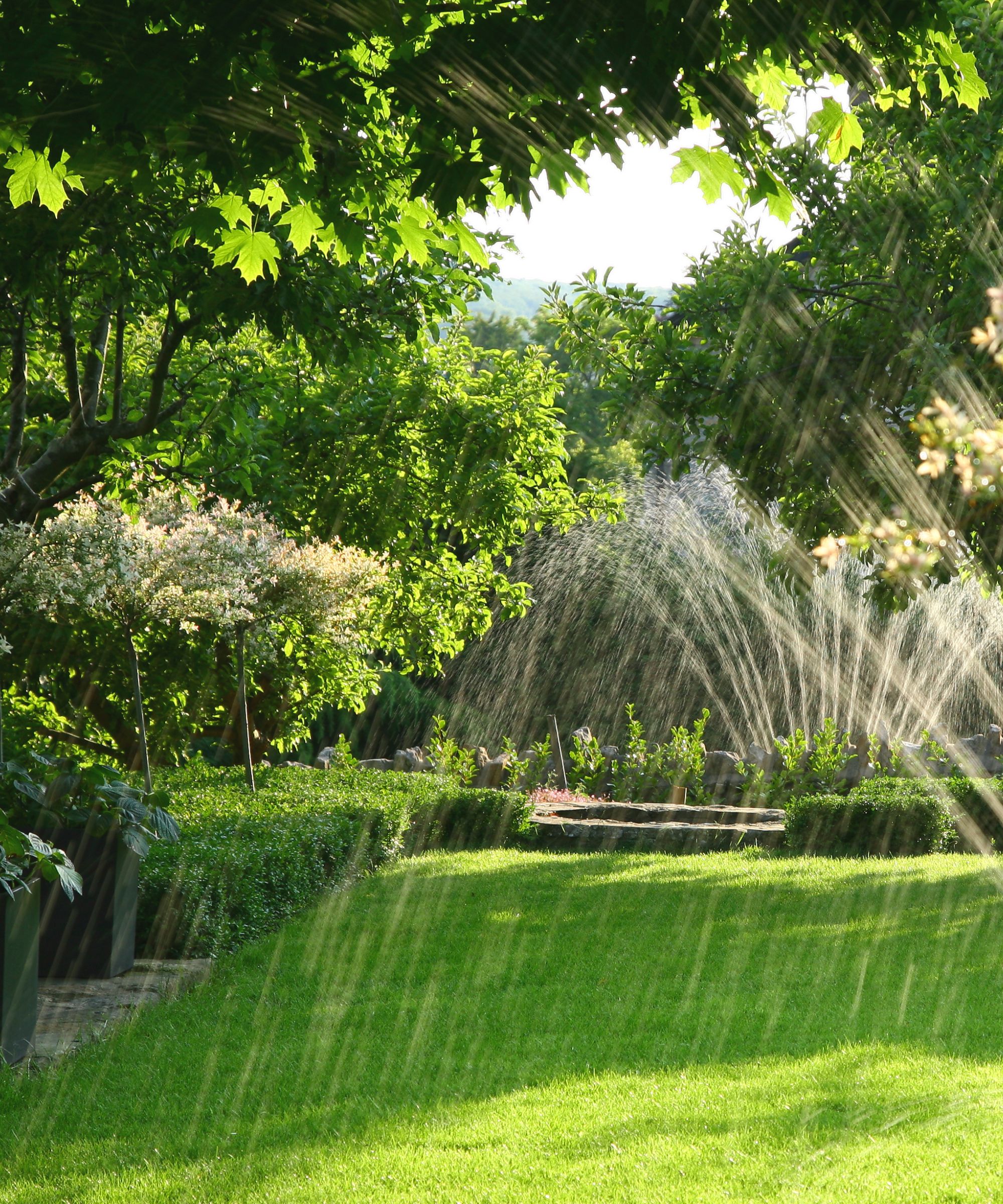This English garden tradition is set to make a comeback – here's how to grow a chamomile lawn, and switch from a monoculture to a wildlife-friendly haven
Grow a beautiful alternative to traditional grass lawns


English gardens have long featured the chamomile lawn. Even going right back to the Tudor era. Famously, there is a chamomile lawn in the gardens of Buckingham Palace, too, beloved for its sweet fragrance and spongy texture underfoot. Though as ephemeral as trends and fashions are, the trend for chamomile lawns was swiftly replaced by the traditional grass lawn we all know.
Happily, the chamomile lawn is having something of a resurrection. No longer a historic relic, more of us are ditching the perfectly neat and uniformed, heavily mowed lawn for something altogether much more in line with the wildlife garden ideas we are implementing elsewhere in our gardens. Knowing how to grow chamomile for a lawn is wonderfully easy, and in almost every sense, a chamomile lawn is better than a plain grass lawn, certainly from an ecological perspective, and an aesthetic one too.
For many of us, we want to enjoy the experience of boundless nature rather than acres of manicured lawn. Though we still want design, restraint, and curation to play a part in our garden scheme, we might not want total abandon. Here, we take a look at the benefits of a chamomile lawn and how you can implement one in your garden.
What is a chamomile lawn?

A Tudor Manor house in Buckinghamshire with a mixture of grass lawns and chamomile lawns throughout the formal gardens
A chamomile lawn utilises low-growing and non-flowering varieties of chamomile. It is particularly useful in areas of the garden where foot traffic is low or in areas that are hard to access with a lawn mower.
Like grass, chamomile offers uniform evergreen cover. Unlike grass, however, chamomile forms a dense, low-growing mat of fragrant foliage that releases its sweet and soothing fragrance as you walk on it. It feels spongy, almost bouncy underfoot. Walking barefoot over a chamomile lawn is simply heavenly, and we think it deserves more acclaim.
The benefits of a chamomile lawn

- Chamomile lawns remain green, even in dry weather. You can water them far less frequently than regular lawns, which saves money as well as precious water resources. While chamomile plants for your lawn are dearer than grass seed, in the long term, chamomile lawns save time and money.
- Chamomile lawns are marvellous at supporting pollinators like bees and butterflies, contributing to local biodiversity. Bees love chamomile lawns with a buzzing passion, and beetles and small invertebrates thrive in a chamomile lawn much more than a traditional grass lawn.
- Chamomile is a great aromatic ground cover in your garden, so chamomile lawns (where a lot of chamomile is used) emit a beautiful, floral fragrance when walked on (walking on lightly is encouraged, but for heavy footfall areas, consider a path or stepping stones throughout the lawn).
- There is no need to mow chamomile lawns – rejoice! Simply leave it to its own devices and it will thrive for years to come. The occasional trim won't hurt, if you think it is getting a bit ahead of itself, but no mowing is required at all.
How to grow a chamomile lawn

Love the idea of a chamomile lawn? Here's how to create a beautifully fragrant and wil chamomile lawn in your garden:
- Firstly, ensure the area you are hoping to lawn is suitable for a chamomile lawn. Ideally, a spot in full sun, but a little shade is fine. Full, bleak shade will not be a success for chamomile.
- Chamomile lawns like light soil with some moisture. Heavy clay soils are simply not suitable. It is well worth testing a small patch in your garden first, just to make sure conditions are suitable.
- The optimum time to plant your chamomile lawn is in spring when the plants are growing vigorously. This vigorous growth not only means the lawn will grow quicker, but your chamomile plants will stop weeds from establishing, which once established, are hard to remove.
- Bear in mind that not all varieties of chamomile are suited to become a lawn. The most suitable variety of chamomile for creating a chamomile lawn is Chamaemelum nobile 'Treneague.' This variety of chamomile does not flower and does not require mowing. If, however, you prefer a flowering lawn, you can instead use Chamaemelum nobile 'Dwarf.' Both varieties are evergreen and fully hardy.
- Though some chamomile can be grown from seed, the best chamomile variety for the job – Treneague – cannot. With this in mind, it is best to plant plug plants, which can be planted about 5″ apart, or purchase fully grown plants, which can be set about 6″ apart.
- Water, and watch the lawn take care of itself. Don't walk on your lawn for 10-15 weeks at first, to let them get settled in.
Shop chamomile lawn essentials
If you are exhausted by lawn care tasks, this might just be the low-effort solution for you. A chilled glass of wine in hand, barefoot on a summer evening as the chamomile lawn releases a perfume of sweet apples – what could be better?
Design expertise in your inbox – from inspiring decorating ideas and beautiful celebrity homes to practical gardening advice and shopping round-ups.

Sophia Pouget de St Victor is the UK Content Editor at Homes & Gardens, bringing readers the latest trends, expert insights, and timeless design inspiration tailored to a UK audience. With a background in luxury interiors and a qualification in Garden Design from London, she has a passion for creating spaces with character and emotional depth. Sophia gravitates toward interiors that defy definition, valuing individuality and effortless elegance. She lives in West London with her partner, two mischievous terriers, and a plump cat named Lettuce.


